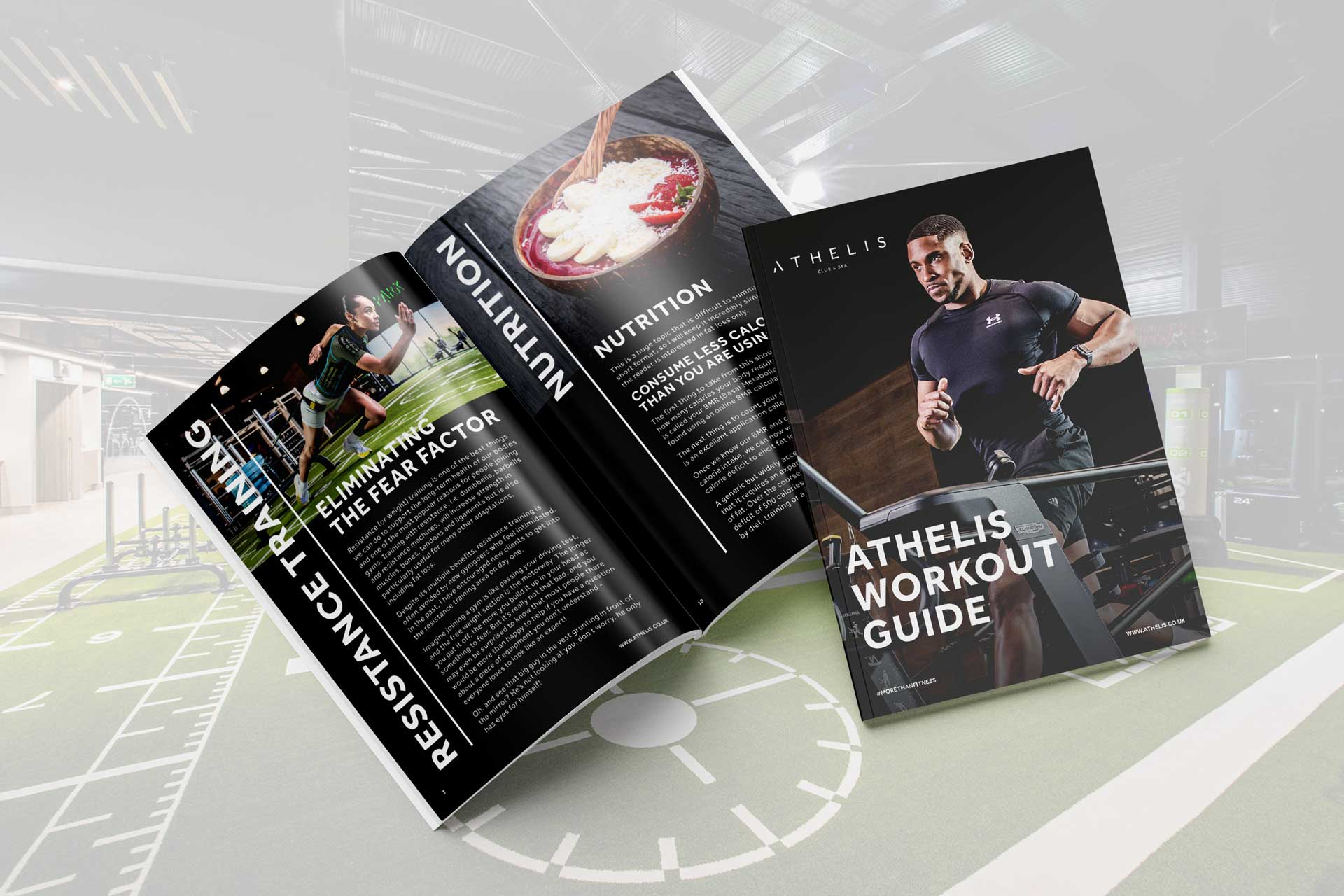One of the best single exercises for your upper body and your core is the pull up.
But mastering it takes a lot of practice and dedication, especially if you want to maintain proper form, discipline and consistency.
As a highly effective, multi-joint exercise, the benefits of a pull up (or chin up) are clear and numerous:
- Improved motion across your upper body
- Supports weight loss, toning and bulking goals
- Increases cardiovascular function
- Targets bingo wings
- Increases arm muscle mass
- Strengthens grip
- Tightens abs and core
It works your entire upper body and provides plenty of rewards, if you do it correctly.
The basic move
To avoid injury and get the full benefits of the pull up or chin up, make sure you always maintain correct form. Start with perfecting the basics before moving on to any more challenging variations.
Remember:
No swinging
Always perform a pull up from a static position, to allow you to focus solely on the arm movement. Swinging can damage your shoulder socket.
Hang low
Start from a completely dead hang, with straight arms. Half reps can cause a lot of muscle fatigue, and skip the benefits of working your back, chest and core.
Set your grip
Make sure you have a firm, comfortable grip from the outset, and be ready to squeeze the bar as you lift up .
Push your shoulders back and down
Imagine a reverse shrug that retracts the shoulder blades. This ensures your shoulders lift first, angling your chest high before your elbows kick in.
Tense your lower body
As you pull up crunch your abs and squeeze your glutes to keep everything tight. This will also help prevent unnecessary momentum and swing.
Exhale as you lift up
Use your abs to control the air in your lungs. Inhale on the way down.
Tuck in at the top
Complete a full range of motion, with your face above the bar, and tuck your elbows into your body, so most of the work is focused on the back, rather than the arms.
Control your descent
Don’t just drop down, lower back to a hang slowly, taking at least 2 seconds compared to a 1 second lift.
Aim small
Initially you should only aim to complete 2 or 3 full movements. As you progress, work to at least 3 sets of 5 reps in the traditional pull up motion, before moving on to any other variations.
The challenging variations
Mastered the basics? Move onto more challenging variations like:
The wide grip
A simple, minor variation of your grip works wonders for your chest. Extend your hands beyond shoulder width, as wide as you can on the bar, and lift up slowly, pushing up to the bar with your chest, or ducking your head under the bar to focus on the back and rear deltoids.
The straight leg
Ditch the bent, tucked legs and focus on keeping your lower legs together and straight, pointing down for the duration of the move. Perform with an underhand grip to target biceps.
The hanging weight
Pull ups too easy with just your body weight? Grip something between your feet, like a medicine ball. As you become more confident in the movement and increase your strength, progress to a sand bag weight or kettle bells.
The towel
Drape a strong, sturdy towel over the bar, and grip each side tightly, with your arms close together. Pull up to bring your chest into your forearms, keeping your legs extended out at hip height. Add an extra towel for a double arm pull up.
The side extension
A tough one on the shoulders, the side extension pull up requires you to hold side grips, as opposed to the main bar, and extend your left arm as you pull up, shifting all your body weight over onto your right arm, which will be bent at the elbow. Return to centre, lower and repeat. Try a few reps on one side, before switching and extending the opposite arm
The raised leg
Great for working the abs, this pull up variation forces you to keep your legs extended perpendicular from your body at hip height as you perform a chin up. Squeeze a medicine ball between your legs to ensure your thighs remain engaged throughout the movement
Want to try a pull up but not sure where, or how to begin? Speak to any of our personal trainers on the gym floor, and they’ll be happy to help!





